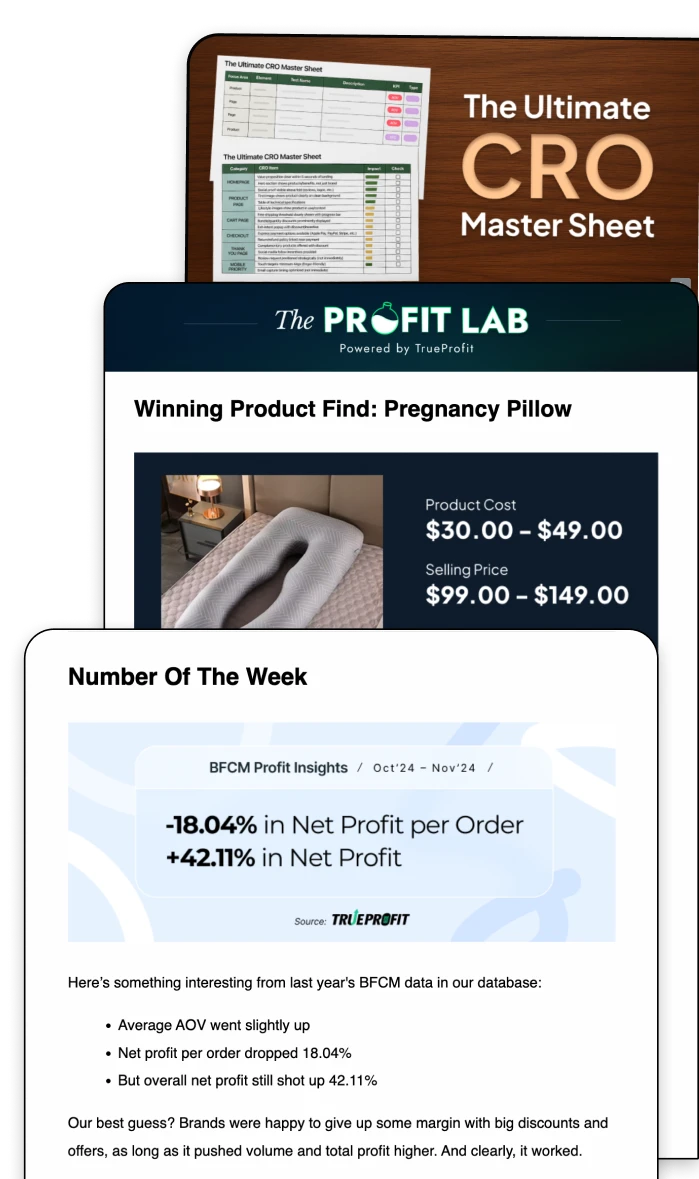How to Calculate Profit Per Unit (With Examples & Formulas)
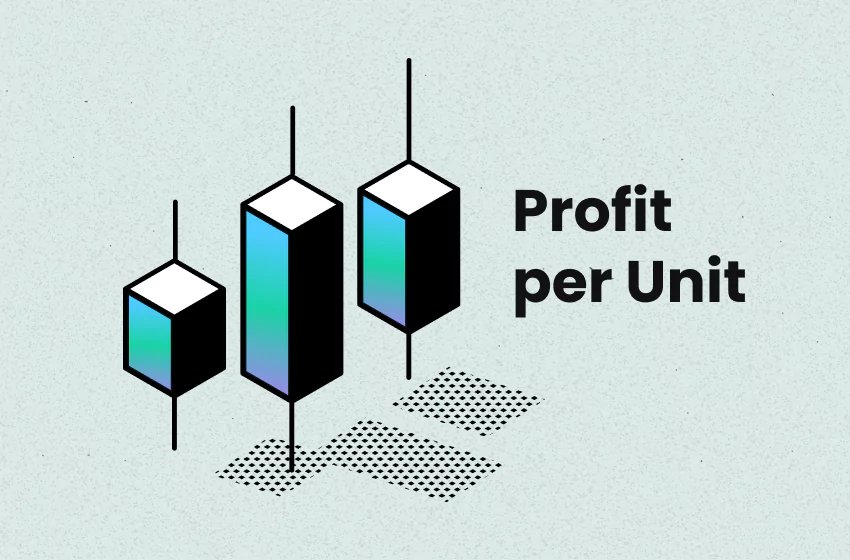
When calculating profit per unit, you need to subtract your cost per unit from your selling price.
Formula: Profit per unit = Selling price – Cost per unit
Simple? Yes, but understanding this metric unlocks smarter pricing, better margins, and long-term growth. Let’s break down how it works, when to use it, and how it connects to other profit formulas in e-commerce.
What Is Profit Per Unit?
Profit per unit tells you exactly how much you earn from selling a single item after covering all costs directly tied to that product. It’s a fundamental metric that every merchant whether dropshipping or holding inventory needs to know inside out.
Example
If you sell a hoodie for $50 and it costs you $30 to produce, ship, and fulfill, your profit per unit is $20. But this number doesn’t just tell you how much you make, it helps you answer bigger questions like:
- Are your prices high enough to cover your ad spend?
- Can you afford to run a promotion or discount?
- Should you double down on this product, or drop it entirely?
Tracking this metric consistently ensures you're not just busy selling but actually building a profitable business.
How to Calculate Profit Per Unit?
Profit Per Unit Formula
How to Calculate Profit Margin Per Unit?
Profit Margin Per Unit Formula
Selling Price Per Unit
What the customer pays you at checkout.
Cost Per Unit
The total cost to get one product to a customer’s hands. This includes:
- Product or manufacturing cost
- Shipping and packaging
- Fulfillment fees
- Transaction fees (like Shopify or PayPal cuts)
- Refunds and returns (if calculated per item over time)
Why Profit Per Unit / Profit Margin Per Unit Is Important?
Whether you’re testing a new product or scaling your best-sellers, knowing how to calculate profit per unit and profit margin per unit ensures you’re not just moving inventory—you’re actually making money with every sale.
Many merchants make the mistake of focusing only on revenue or order volume. But if you don’t know exactly how much profit you earn per product sold, it’s easy to fall into common traps: pricing too low, overspending on ads, or scaling a product that’s actually draining your margins.
Here’s why this metric is a must-have in your toolkit:
- Set profitable prices (without guesswork): Know your break-even point, margin buffer, and how much room you have to discount while still staying in the green.
- Catch low-margin products early: Not every best-seller is profitable. This metric lets you flag products with strong sales but weak returns before they eat into your bottom line.
- Plan smarter promotions: Want to offer 20% off or free shipping? Knowing your per-unit profit lets you calculate how far you can go without turning a win into a loss.
- Compare product performance fast: You’ll quickly see which SKUs are worth scaling and which ones deserve a quiet retirement.
Different Types of Profit Formulas in E-commerce
Profit per unit gives you micro-level insight. But to run a successful store, you need a broader view. Here’s how gross margin per unit, operating profit, and net profit complete the picture.
Gross Margin Per Unit Formula
This gross margin formula helps you express your profit as a percentage of the selling price - an essential metric for comparing product performance and tracking overall margin health over time
Example:
If you sell a hoodie for $50 and make $20 in profit:
This tells you that 40% of your sale price is actual profit, before overhead. The higher the percentage, the more profitable the product - making it easier to justify ad spend or bulk purchasing.
Why Gross Margin Per Unit Matters?
- Compare products easily: Two products earn you $15 in profit. One sells for $30 (50% margin), the other for $60 (25%). That margin difference could determine which one is worth scaling.
- Track profitability trends: Monitor your margins month-to-month. A shrinking gross margin may signal rising supplier costs, higher return rates, or poor discounting strategy.
- Set smarter ad budgets: If your product has a 50% margin, you have more room to acquire customers profitably—even at a higher CPA.
Operating Profit Formula
Gross profit shows what’s left after covering product costs. Operating profit (also known as operating income) goes a step further. It subtracts your store-wide expenses like: staff wages, subscriptions (Shopify, apps, tools), rent or warehousing, marketing and ads.
Example:
- Gross profit = $10,000
- Operating expenses = $6,000
- Operating Profit = $4,000
Why Does Operating Profit Matter?
This tells you how much your store earns from core operations before taxes and financial costs. A positive operating profit means your day-to-day business is running lean and generating real earnings. Typically, a profit and loss will show you this. To learn more, check out our profit and loss guide.
Net Profit Margin (Bottom Line)
How to calculate net profit margin:
This is your true profit after every expense is accounted for—COGS, salaries, ads, shipping, taxes, interest, platform fees, and more. It’s what’s left in your pocket after all the dust settles.
Why Net Profit Matters?
- It reflects your actual take-home earnings.
- It helps you determine if your store is scalable or just breaking even.
- It’s essential for tax filing, investor reporting, and long-term planning.
Understanding all these layers of profit helps you identify where money is leaking and where growth opportunities lie. However, calculating profit per unit manually tracking can be time consuming and prone to errors.
That’s why most Shopify merchants rely on profit tracker apps like TrueProfit to automatically track all important metrics in a single dashboard. With TrueProfit, you can focus on growing your store, not calculating every step you take.
Tracy is a senior content executive at TrueProfit – specializing in helping eCommerce businesses scale profitably through content. She has over 4 years of experience in eCommerce and digital marketing editorial writing. She develops high-impact content that helps thousands of Shopify merchants make data-driven, profit-focused decisions.





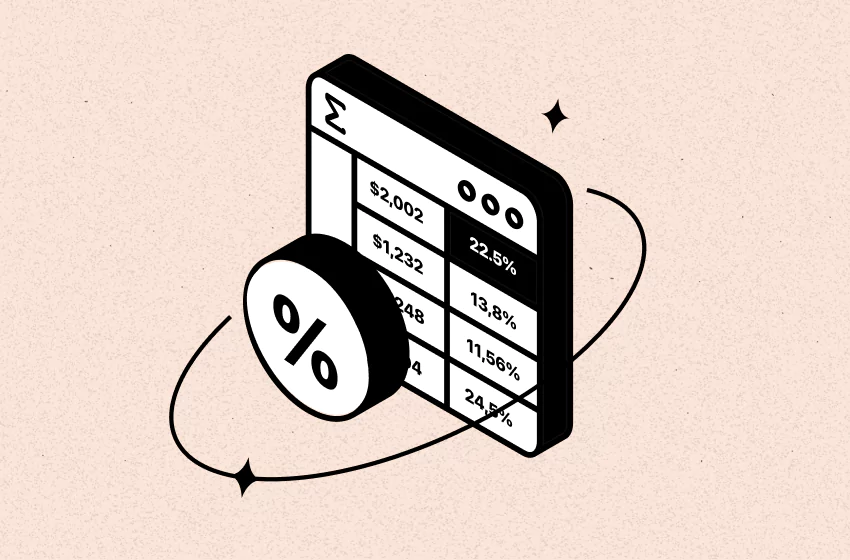

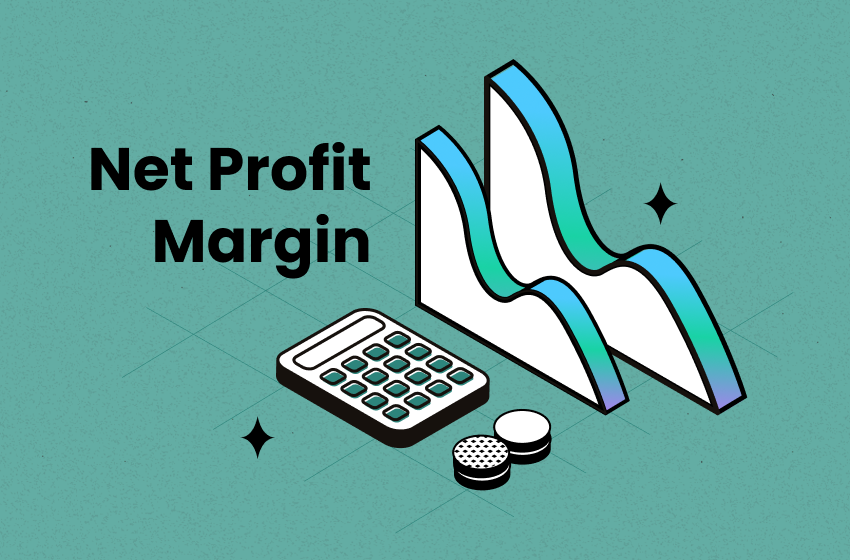

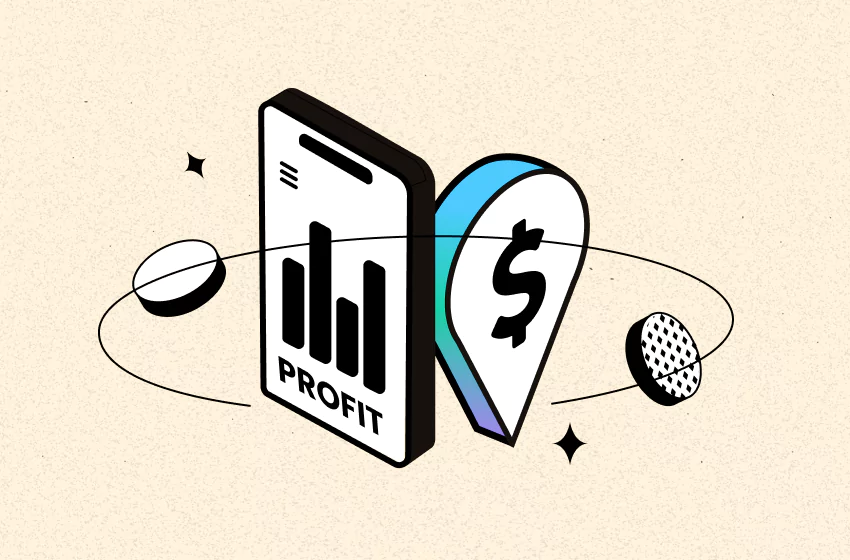
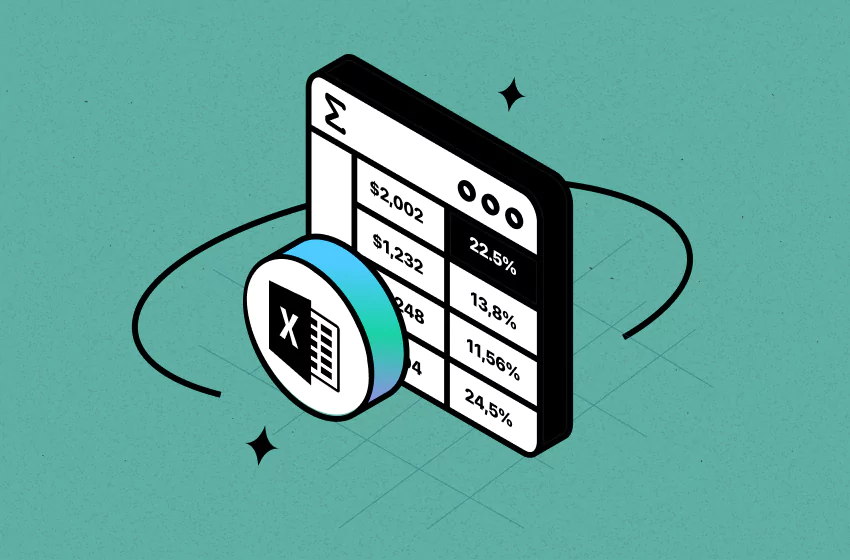

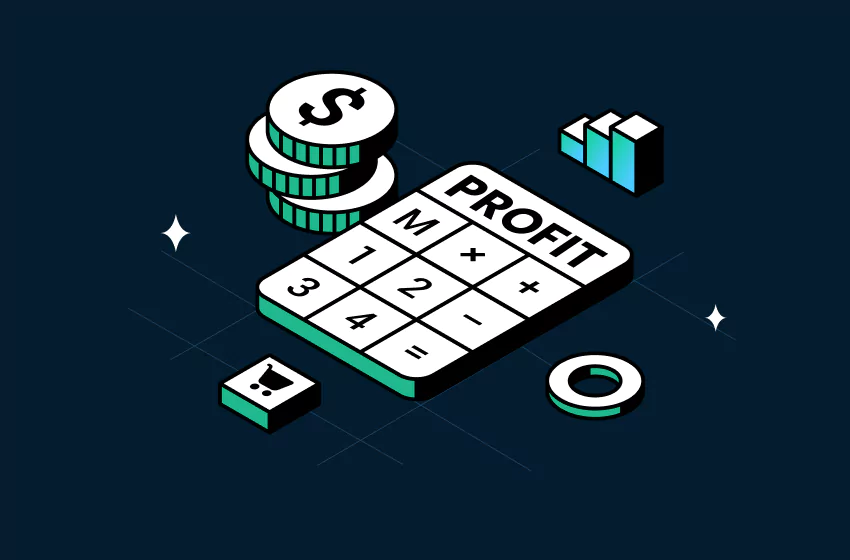
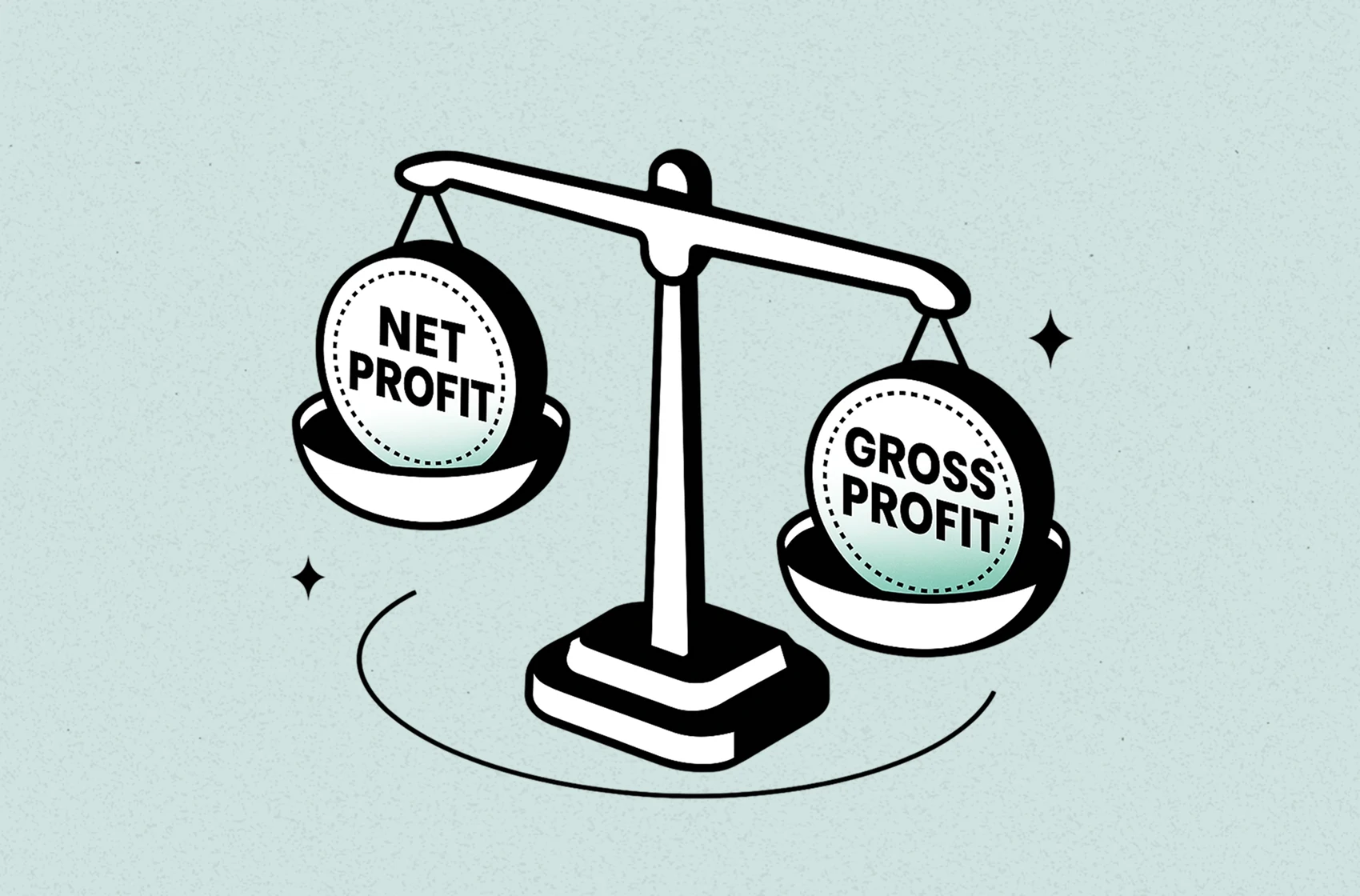
 Shopify profits
Shopify profits